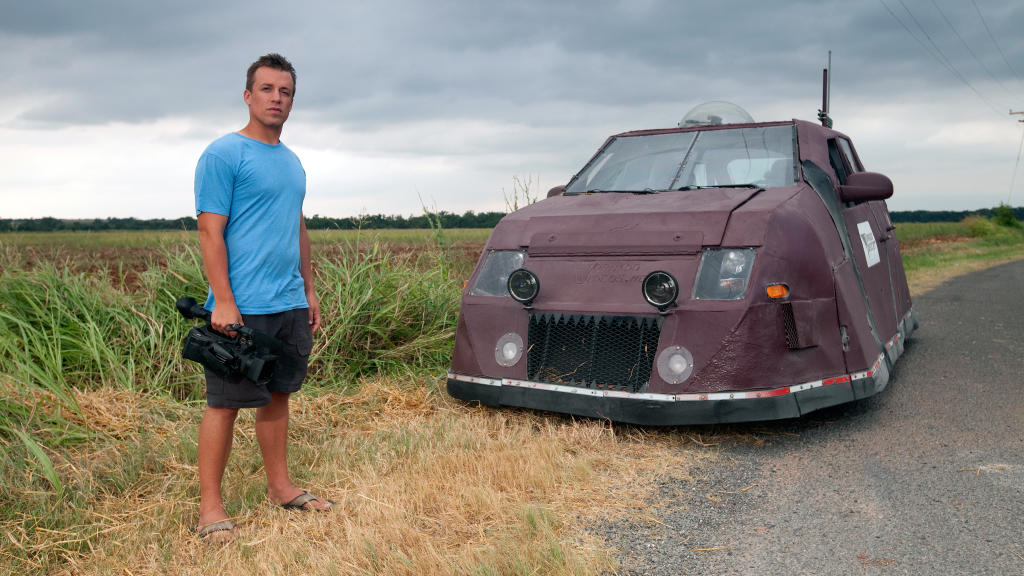
How you become a storm chaser will determine your career path.įor instance, a hobbyist will often start out work as an assistant to a researcher or experienced storm chaser. Selling photography and video to media agencies.

Setting up meteorological testing equipment.Here are some of the duties of a storm chaser: They will usually report to authorities via radio the severity and direction of the storm from the ground, so as any due warnings can be given. They might take video and photographs of the storm. They may set up meteorological equipment to take various readings and data. This involves predicting its behavior and direction.Īt the site of the storm, there are many things a storm chaser might do. Most often with a team and specialized equipment, you’ll head out to the site and try and reach the storm. Usually, you will start with a report that severe conditions are expected in a particular area. When you become a storm chaser, you will be hunting down severe weather patterns. To become a meteorologist, you will need to complete a four year bachelor’s degree in science, followed by a postgraduate degree in meteorology. Other storm chasers are actually meteorologists who chase storms as a part of a research project, or as a part of a larger job description.įor instance, they may teach at a college, or work for the weather service, and spend a few months a year chasing storms and collecting data. Many storm chasers will support themselves with a second job, or will only work as a storm chaser seasonally. The average salary for this kind of storm chaser is $18,000 a year. If there are no storms, they don’t make any money.

They have to invest a lot of what they make into travel, equipment, and legal costs. Some people do become a storm chaser full time, they sell date, photos, and video recordings to media agencies to make their income. If you want to work as a storm chaser for your profession, it’s important to note that most people in this vocation don’t make a lot of money.

Learning how to use a radio is also important. This will teach you the basics of storm watching, such as how to predict storm activity, how to measure statistics, and also how to keep yourself safe. If you want to become a storm chaser for a hobby, get in contact with the national weather service to find out about a short course called SkyWarn.


 0 kommentar(er)
0 kommentar(er)
